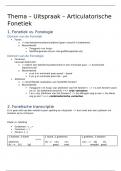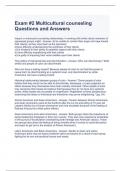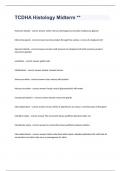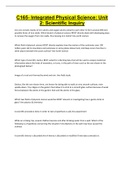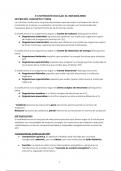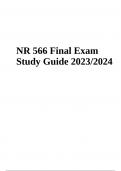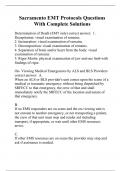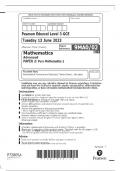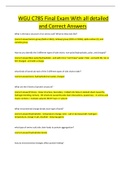Summary
Samenvatting SEM 2 Nederlands communicatieve vaardigheden 1 (NCV1)
- Course
- Institution
Dit is een samenvatting van SEM2 van het vak NCV1. Door deze samenvatting goed te studeren (en naar de werkcolleges te gaan en oefeningen op canvas te maken) behaalde ik in juni een 15/20. Er is ook een voordeelbundel beschikbaar met SEM1
[Show more]
